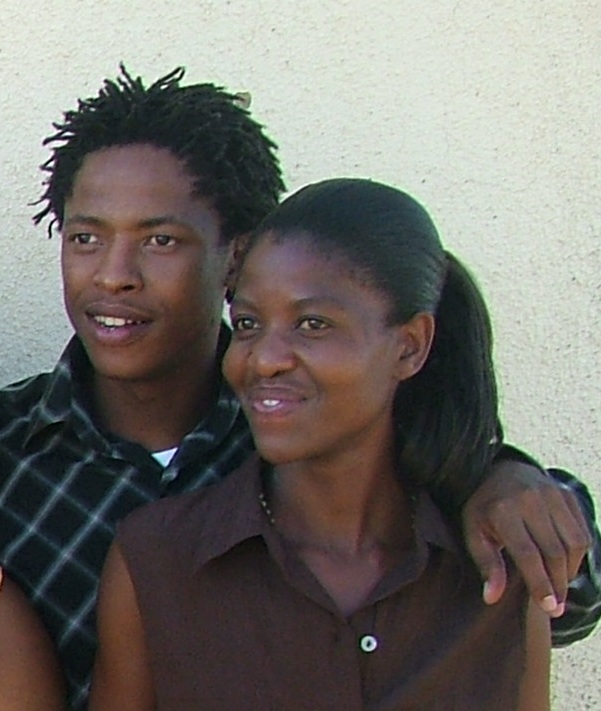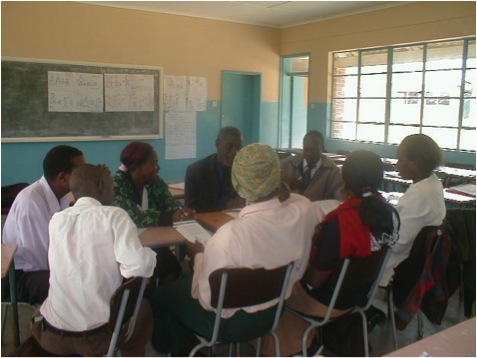New Success in HIV Prevention
 Many couples are filled with joy and disbelief at the good news they heard earlier this week. In Kenya and Uganda, couples were informed that the study they’d been participating in since 2008 had been successful in preventing HIV.
Many couples are filled with joy and disbelief at the good news they heard earlier this week. In Kenya and Uganda, couples were informed that the study they’d been participating in since 2008 had been successful in preventing HIV.
0ver 4,700 couples invested their time and their futures in a study of the use of antiretroviral therapy to prevent HIV rather than just as treatment. The individuals are HIV-discordant couples—when one person is living with HIV and the other is negative. They wanted to stop the transmission of HIV to someone they loved. As someone who worked with the center that coordinated this trial in the early days, when the study sites were being established and couples were still being recruited, I was incredibly moved by the news. It was not just because of the results. I imagined the relief and happiness as these couples were informed that the intervention worked and that they would receive a treatment that could have such a powerful, preventative effect. Finally there is news filled with hope and light.
When the International AIDS Society met in Rome this week, their agenda included recent developments in preventing HIV. In May, a study found that early antiretroviral treatment could reduce transmission of HIV by 96 percent. Just last week, a study conducted at sites in Kenya and Uganda determined that, when taken by an HIV-negative partner, a daily dose of one of two drug regimens usually given to treat HIV, reduced transmission from their HIV-positive partner by 62 and 73 percent more than the placebo, depending on the regimen. Antiretroviral therapy to prevent HIV rather than just as treatment for those living with the virus proved successful.
Now the news is being discussed. Large bodies like UNAIDS and the WHO will discuss what this means on a policy level. Large bilateral donors will consider the affects of their funding for care and treatment. Ministries of Health in the hardest hit corners of the world will be thinking of how to extend treatment to the millions of people at the greatest risk, where there are still millions who are living with HIV who remain untreated.
Slowly this news will filter down to communities and families who are weary of false cures for HIV. They will read it in small newspapers shared at bus stops or markets. Hopefully, someone will ask a doctor about it at a local clinic. It could become a ray of hope of to a caregiver, or to a woman whose partner is living with HIV as she remains HIV-free.
The news will also be discussed by community organizations that Firelight supports. They will then relay it to families and children affected by
the disease. There will be relief and elation, and hard questions asked about how this development can help those that need it most. As a program officer who works with community groups who struggle to meet the needs of vulnerable children and families impacted by HIV, I help those at the grassroots to ask the hard questions because the true impact of these new developments will not be realized without them.
As the executive director of UNAIDS said when he remarked on this news, “history will judge us not by our scientific breakthroughs, but how we apply them.” It will be community-led organizations that have the deepest reach when it comes to applying these findings. The harsh reality is that HIV care and treatment remains extremely expensive, and that stigma and fear keep millions of individuals from learning their HIV status. It will not be large, nongovernmental organizations or clinical researchers that will be able to address the problems of access and social consequences or even reach the most vulnerable and at-risk. It will be community groups that existed long before there was good news. They will rely on their long-term relationships built while providing essential care and support to children and families. And it will be communities themselves who must be moved to mobilize for affordable treatment, to discuss HIV and to encourage others to learn their HIV status. As with any great change, it must come from within.
There are millions of other couples, mothers, fathers, and young children who will rely on grassroots organizations to make the benefits of these scientific developments tangible and real. For now, let us celebrate this new hope, and continue to advocate for treatment to reach those with the greatest need.

